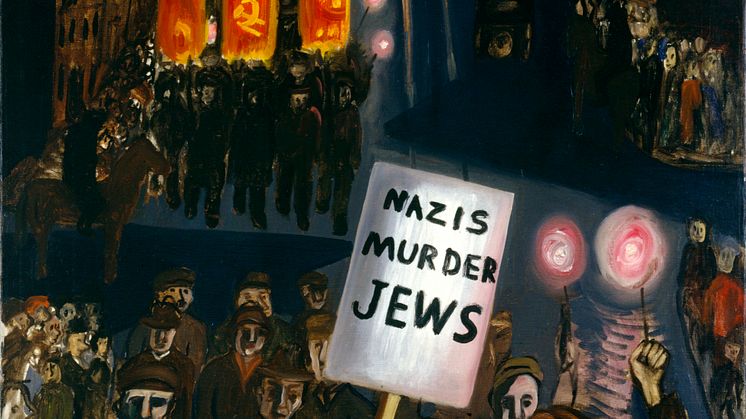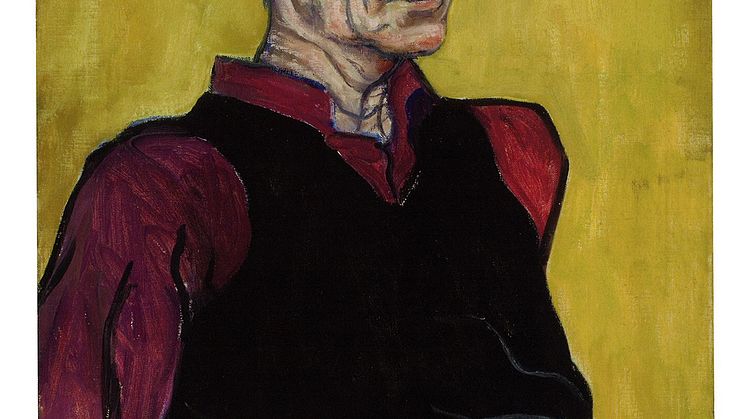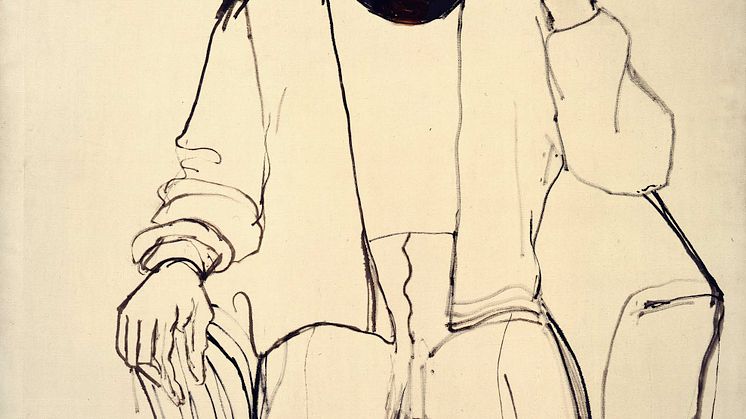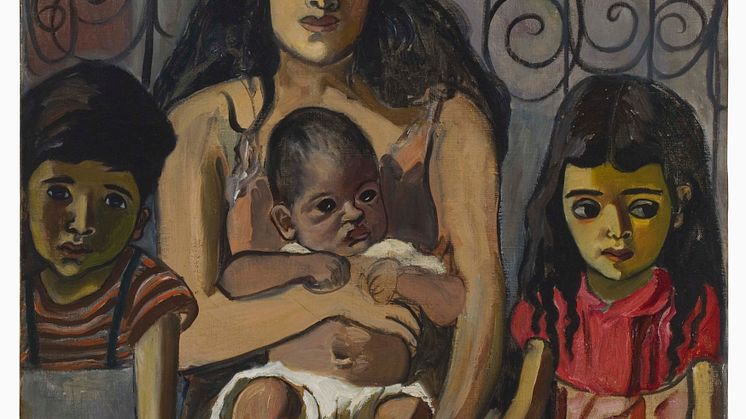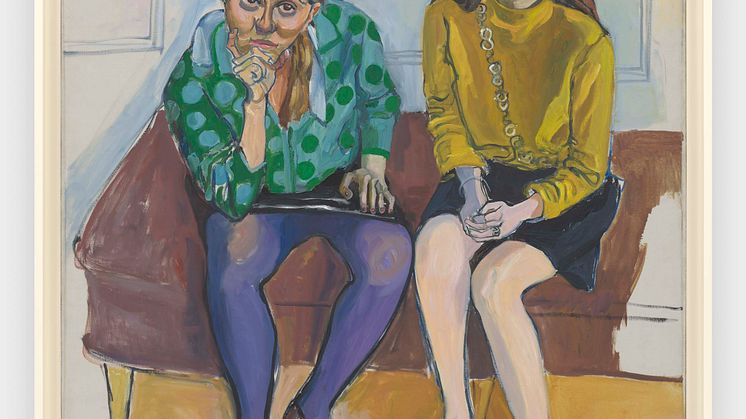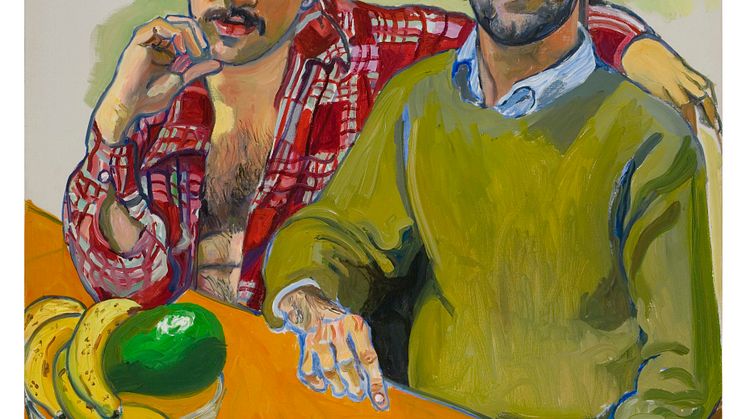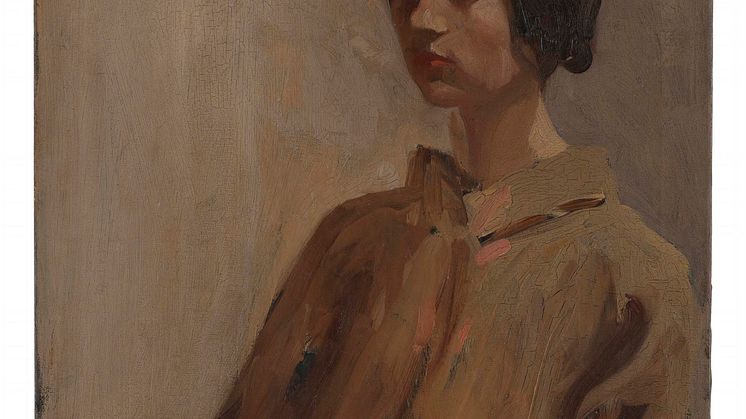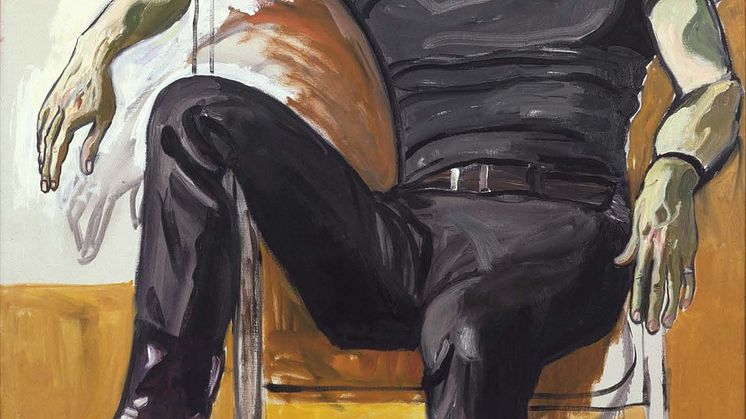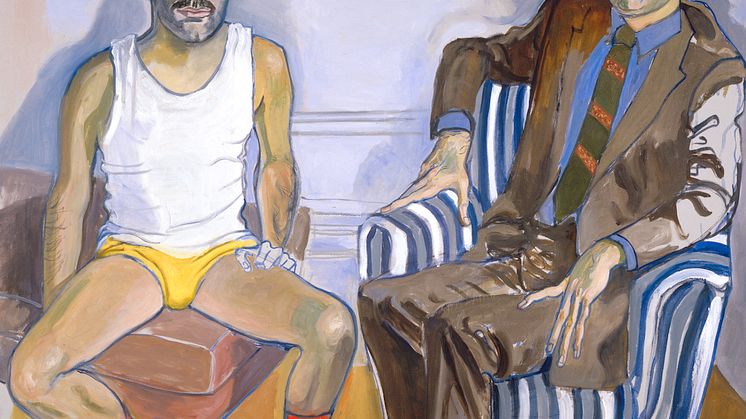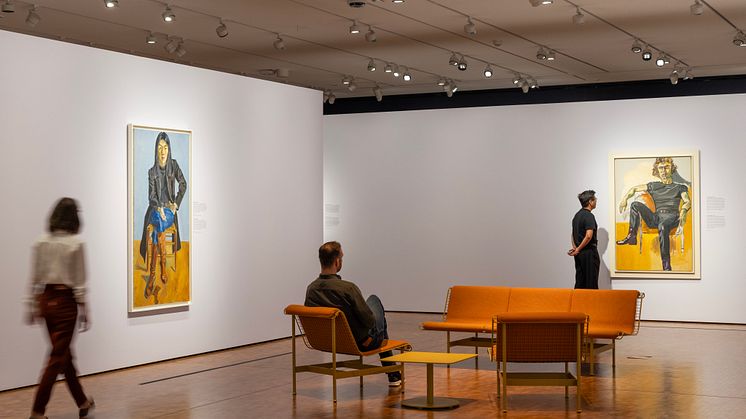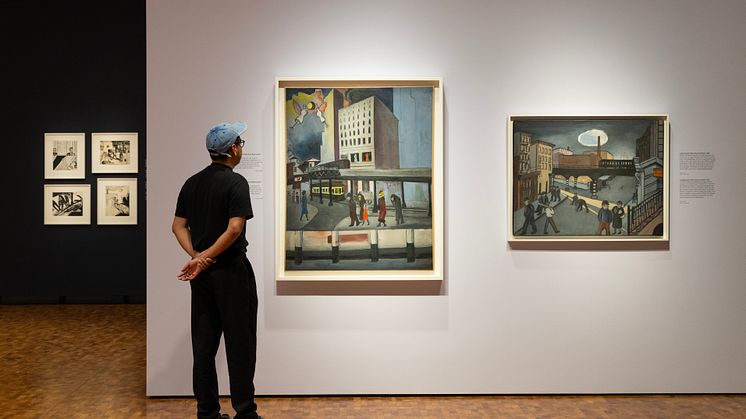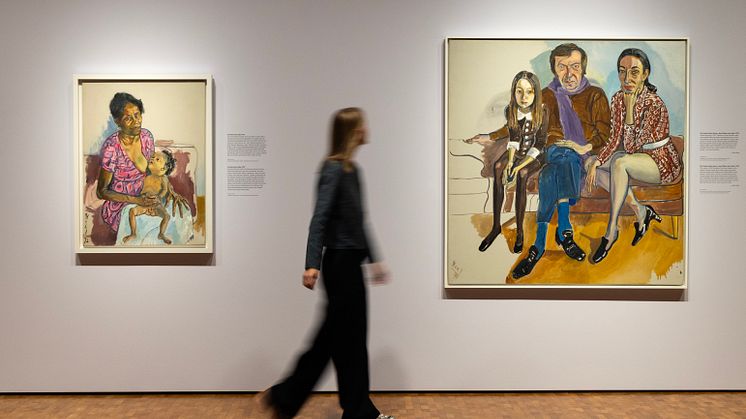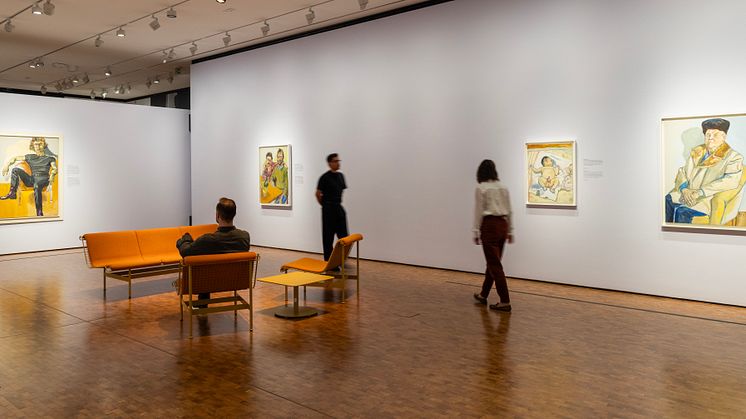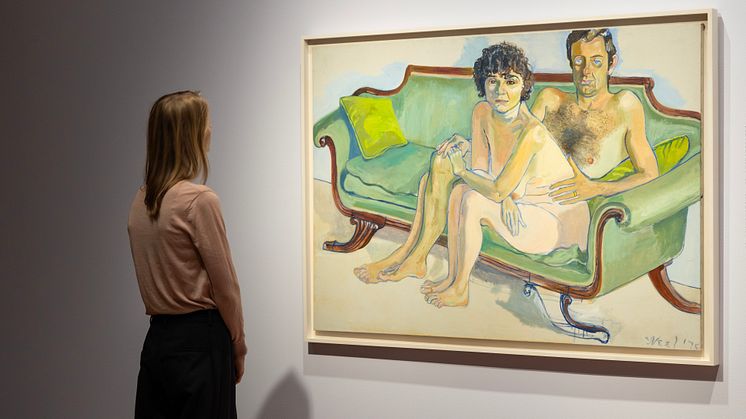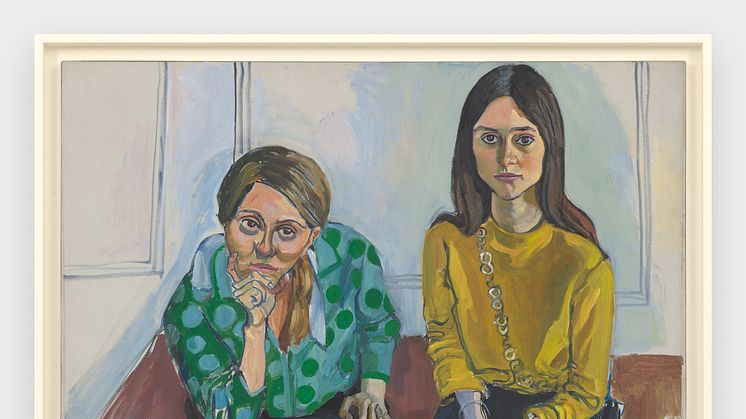
Press release -
MUNCH PRESENTS ALICE NEEL
This week sees the opening of Norway’s first overarching retrospective of the American artist Alice Neel. The exhibition is the result of a collaboration between the Pompidou Centre in Paris and the Barbican Centre in London, and visitors can look forward to a momentous exhibition at MUNCH.
‘Neel’s work is just as relevant today, and her political engagement is more important than ever,’ says director at MUNCH, Tone Hansen. ‘It’s with huge pleasure that we are showing this exhibition, which will have a broad appeal.’
Alice Neel (1900–84) enjoyed a long artistic career, but only began to become better known in the 1970s. Today she is considered one of the great figures of American modern art. With vivid colours, expressive brushwork and often ruthless psychological insights, she painted portraits of people regardless of class or origins; whether they were artists, queer icons, mothers and children from New York’s Spanish Harlem, Communist party members, sex workers or members of the cultural elite.
Neel lived through several significant eras in recent American history believing that pictures of people reflect their times better than any other subjects. As an artist she tried to reveal how political and social conditions could be expressed via human faces and body language. Her paintings of people are therefore also a rich and heavily freighted portrait of American society during the 20th century.
At a time when abstract painting was the dominant force in post-war art, Neel’s portraits appeared radically anti-modern. Neel, however, was a humanist. ‘What I see is what I paint,’ as she put it. Like Edvard Munch, Neel looks under the surface and unveils the mental states of the individuals in her pictures. In her raw portrayals of people, you can also discern a fascination with Edvard Munch who was an importan2t influence on the artist alongside Francisco de Goya and Diego Velázquez.
In the final room of the exhibition is a screening of the highly personal and acclaimed documentary Alice Neel (2007), directed by Neel’s grandson. The film makes use of private archival material and revealing interviews with Alice Neel’s surviving family members. It shows how she strove to gain recognition as an artist. The result is a gripping, unprejudiced portrait of a complex woman.
Alice Neel – Every Person is a New Universe is exhibited on the 9th floor of MUNCH between 2 September – 26 November 2023.
FORMING COMMUNITY
Text at MUNCH Vol 2
Text at MUNCH Festival, vol.2: Forming Community goes hand in hand with our exhibition Alice Neel – Every Person is a New Universe, and takes inspiration from the artist’s radical humanism. In connection with the festival, a book will be published with literary and visual contributions; a collection of various different perspectives on the idea of community.
What does it mean to belong? Over two days in November, artists, authors and musicians meet at MUNCH to explore the meaning of community today. The festival includes talks, performance, readings and concerts with significant Norwegian and international voices. Feel the magic that is created when thoughts and ideas are exchanged across different art forms!
The festival takes place from Friday 10 to Saturday 11 November 2023, in the Festsalen at MUNCH. More here
Categories
MUNCH is home to the world's largest collection of works by Norwegian artist Edvard Munch. 22 October 2021, MUNCH will open in a brand new building on Oslo’s waterfront. The bespoke structure, designed by estudio Herreros, will house more than 26,000 works that Edvard Munch bequeathed to the City of Oslo. The museum also manages collections donated by Rolf Stenersen, Amaldus Nielsen and Ludvig Ravensberg.
The new museum will trace the artist’s profound influence both on modern art and on artists through to the present day. Alongside displays of iconic artworks from the renowned permanent collection, temporary exhibitions will show Edvard Munch’s lasting influence in his own contemporary society, as well as on today’s generation of artists.
Visitors will experience the highlights of Edvard Munch’s oeuvre, in parallel with a wide-ranging programme of cultural events and experiences for visitors of all ages. From its location in Bjørvika, with unparalleled views of the Oslo Fjord, the museum will offer an extensive program of art and cultural experiences across thirteen floors.

